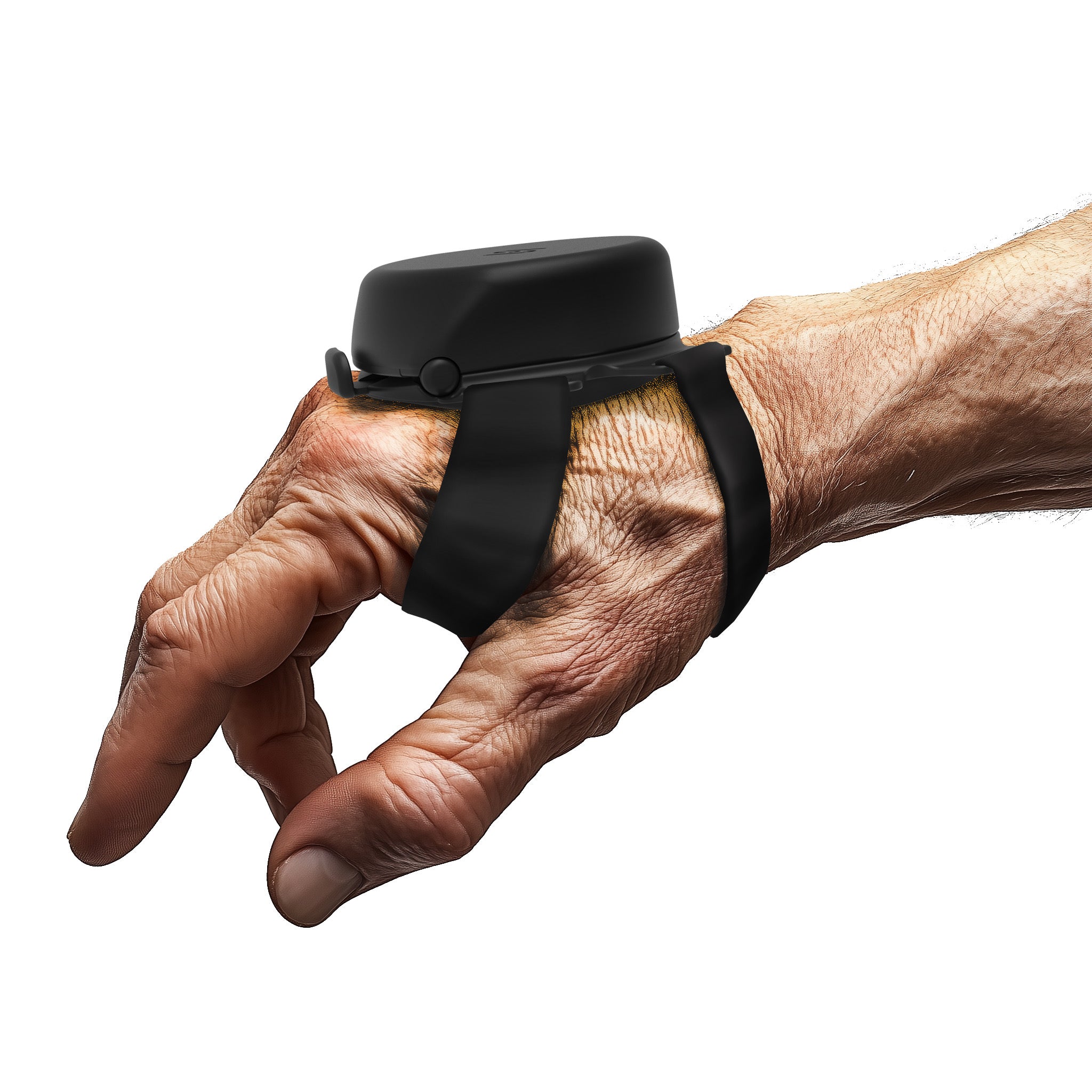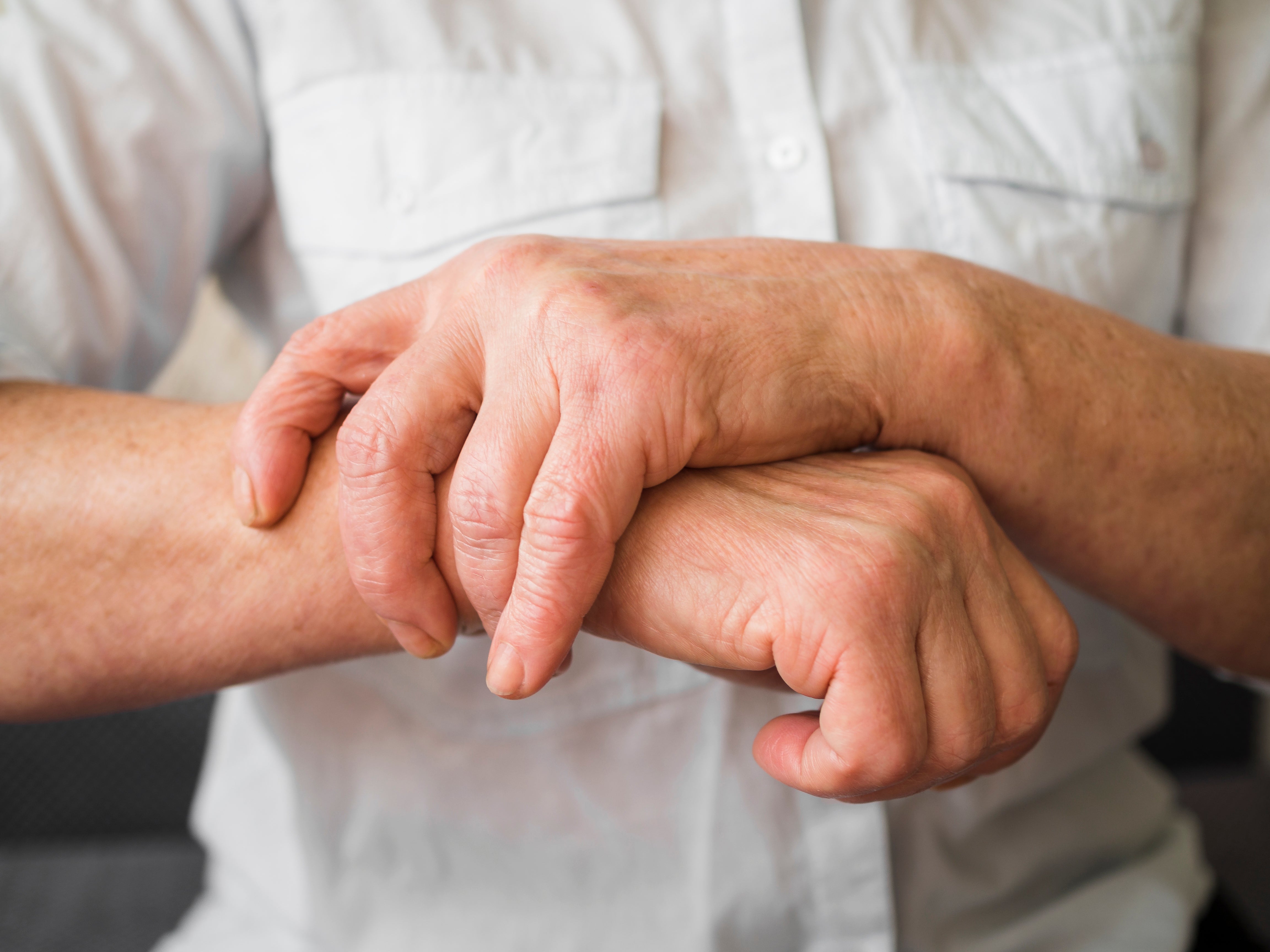Tremors and twitches, while seemingly similar, have distinct differences and underlying causes. This article aims to shed light on these phenomena, from the subtle pointer finger twitching to the broader implications of tremors, and how innovative solutions like FDA-registered tremor gloves are making a difference. Many people often ask, “Why is my pointer finger twitching?” This guide explores both conditions and helps clarify when it’s normal muscle activity and when it might need medical evaluation.
Finger Twitching: More Common Than You Think
Finger twitching can be a result of various factors, from everyday activities like texting or typing to more serious underlying conditions. A twitch, medically referred to as "fasciculation," is a small, involuntary contraction of a group of muscles. While it's common to experience (pointer finger twitching) after repetitive tasks, persistent twitching can be a sign of conditions such as stress, excessive caffeine intake, fatigue, or vitamin deficiencies. In rare cases, it might even indicate neurological diseases like Amyotrophic Lateral Sclerosis (ALS). People often wonder, “Why does my finger twitch?” or experience index finger twitching at rest after long work sessions. These sensations are typically harmless but can signal fatigue or minor nerve irritation. To distinguish the difference between finger twitch vs tremor, understanding duration and pattern is key—twitches are short and irregular, while tremors are rhythmic and continuous.
Tremors: Beyond Just Shaking
Tremors differ from twitches in their rhythmic, shaking nature. They can manifest in various parts of the body, including the hands, arms, and even the vocal cords. A common manifestation is the tremor in the thumb. Essential tremor (ET) is the most prevalent movement disorder, often affecting the hands. While stress can exacerbate tremors, conditions like ET or Parkinson’s disease are often the root causes. In contrast to finger twitching, tremors generally involve larger muscle groups and are persistent over time. If your pointer finger twitching seems to evolve into a full-hand shake, it’s best to consult a specialist.
The Role of Assistive Devices
In the quest to manage and mitigate the effects of tremors, assistive devices have come to the forefront. Among these, FDA-registered tremor gloves have shown significant promise. These gloves, designed with cutting-edge technology, offer stability and reduce involuntary movements. The Steadi-two reviews further emphasize the positive impact such devices have had on individuals, enabling them to perform daily tasks with increased confidence and precision. For individuals experiencing finger twitching or mild tremors, these assistive technologies can help identify and address early muscle control issues.
Muscle Twitching at Rest: A Deeper Look
Muscle twitching at rest can be disconcerting. Unlike the occasional twitch from overexertion or caffeine, twitching at rest might indicate an imbalance in neurotransmitters or even nerve damage. Factors like sleep deprivation, certain medications, and vitamin deficiencies (like magnesium and vitamin E) can also play a role. It's essential to consult a healthcare professional if such symptoms persist. Experiencing index finger twitching at rest or wondering “Why is my pointer finger twitching?” could be linked to sleep quality, nutrition, or muscle fatigue. Identifying these triggers can help differentiate finger twitch vs tremor and support an accurate diagnosis.
The Impact of Lifestyle and Environmental Factors
While genetic predisposition plays a role in the onset of tremors, lifestyle and environmental factors can significantly influence their severity and progression. Exposure to certain toxins, prolonged use of specific medications, and even chronic stress can exacerbate tremor symptoms. Alcohol and nicotine, for instance, have been linked to increased tremor activity in some individuals. On the other hand, practices like meditation, deep breathing exercises, and regular physical activity can help in managing and potentially reducing tremor intensity. It's essential to be aware of these factors and make informed choices to ensure optimal neurological health. Even simple habits such as excessive typing can lead to finger twitching, while long-term nerve stress can mimic tremor behavior. By observing when pointer finger twitching occurs—such as during rest or repetitive motion—you can track triggers and adjust your habits accordingly.
Innovations in Tremor Research and Treatment
The field of tremor research is continually evolving, with scientists and medical professionals working tirelessly to understand the condition better and develop effective treatments. Recent advancements include the exploration of deep brain stimulation for severe tremors and the development of new medications targeting the neurological pathways involved in tremor generation. Additionally, wearable technologies, such as FDA-registered tremor gloves, are being refined to offer even better results. Collaborative efforts between researchers, tech innovators, and healthcare professionals hold the promise of a brighter future for those affected by tremors.
Steadi-3: An Innovative Way to Regain Control and Independence
For individuals living with hand tremors, maintaining daily independence can be a challenge. That’s where Steadiwear’s Steadi-3 comes in. The Steadi-3 tremor glove is an FDA-registered Class I medical device designed to stabilize the hand through advanced magnetic vibration absorber technology. Unlike temporary fixes or holistic methods, this assistive glove provides real-time tremor control without the need for batteries or charging.
Whether you’re dealing with pointer finger twitching that progresses into larger tremors or long-term Essential Tremor or Parkinson’s Disease, Steadi-3 is built to help users regain control and independence in their daily lives. Its lightweight design and clinically validated technology make it a reliable ally for writing, eating, or performing delicate movements.
Learn more about Steadi-3 and explore how this innovative glove can support tremor management.
Conclusion
Understanding the nuances between finger twitch vs tremor is crucial for effective management and treatment. With the advent of assistive devices like FDA-registered tremor gloves, there's renewed hope for those seeking relief. Always consult with a healthcare professional to determine the best course of action for individual symptoms. If you experience recurring index finger twitching at rest or unexplained pointer finger twitching, early evaluation can help prevent complications and improve nerve health.



